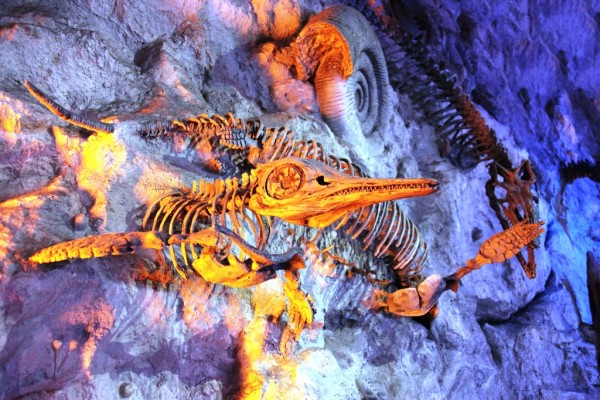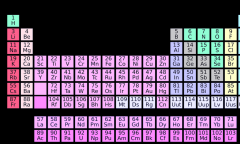By Jenia Cane, | March 09, 2017

Fish Evolution
A new study has claimed that some large animals in the past were made to move from the sea onto the land because of their eyes. Accordingly, the animals' legs were not to be blamed of their eagerness to experience the land for the first time 385 million years back.
What could be the reason behind this finding? The research result suggested that food had something to do with this. The United States' Northwestern University researchers shared that the large animals' "ability to see food on the land" prompted them to migrate from their natural habitat. The fossil record reportedly showed that the eyes of the ancient aquatic animals were there times larger when they were still in the waters.
Like Us on Facebook
"Why did we come up onto land 385 million years ago?" Professor Malcolm MacIver said. "We are the first to think that vision might have something to do with it." "We found a huge increase in visual capability in vertebrates just before the transition from water to land," he added.
MacIver, together with fellow neuroscientist and engineer Claremont McKenna and biologist and paleontologist Lars Schmitz, believed that the crocodile ancestors had the chance to see food first before they grew their limbs.
The study seemed to have negated the earlier theory which thought that the ancient fish grew their eyes bigger only when they reached the land. "Our hypothesis is that maybe it was seeing an unexploited cornucopia of food on land - millipedes, centipedes, spiders and more - that drove evolution to come up with limbs from fins," McIver noted.
He further revealed that their study is "the first to suggest" that vision as actually what motivated fish evolution, and not the growth of the creature's limbs. It was theorized that from being sea animals, they transformed into tetrapods, which eventually developed into amphibians, reptiles and mammals.
-
Use of Coronavirus Pandemic Drones Raises Privacy Concerns: Drones Spread Fear, Local Officials Say

-
Coronavirus Hampers The Delivery Of Lockheed Martin F-35 Stealth Fighters For 2020

-
Instagram Speeds Up Plans to Add Account Memorialization Feature Due to COVID-19 Deaths

-
NASA: Perseverance Plans to Bring 'Mars Rock' to Earth in 2031

-
600 Dead And 3,000 In The Hospital as Iranians Believed Drinking High-Concentrations of Alcohol Can Cure The Coronavirus

-
600 Dead And 3,000 In The Hospital as Iranians Believed Drinking High-Concentrations of Alcohol Can Cure The Coronavirus

-
COVID-19: Doctors, Nurses Use Virtual Reality to Learn New Skills in Treating Coronavirus Patients









